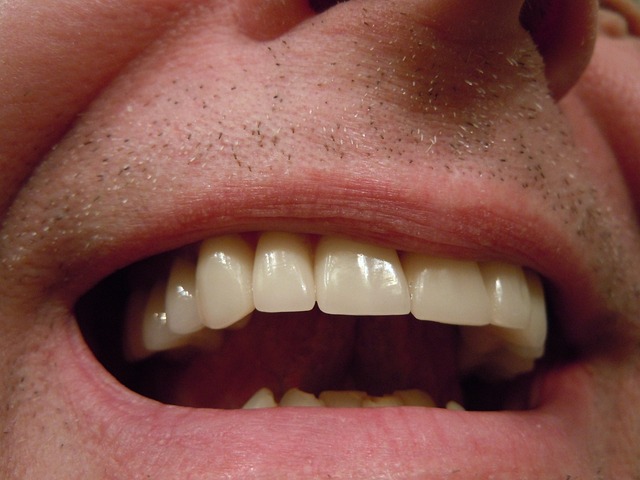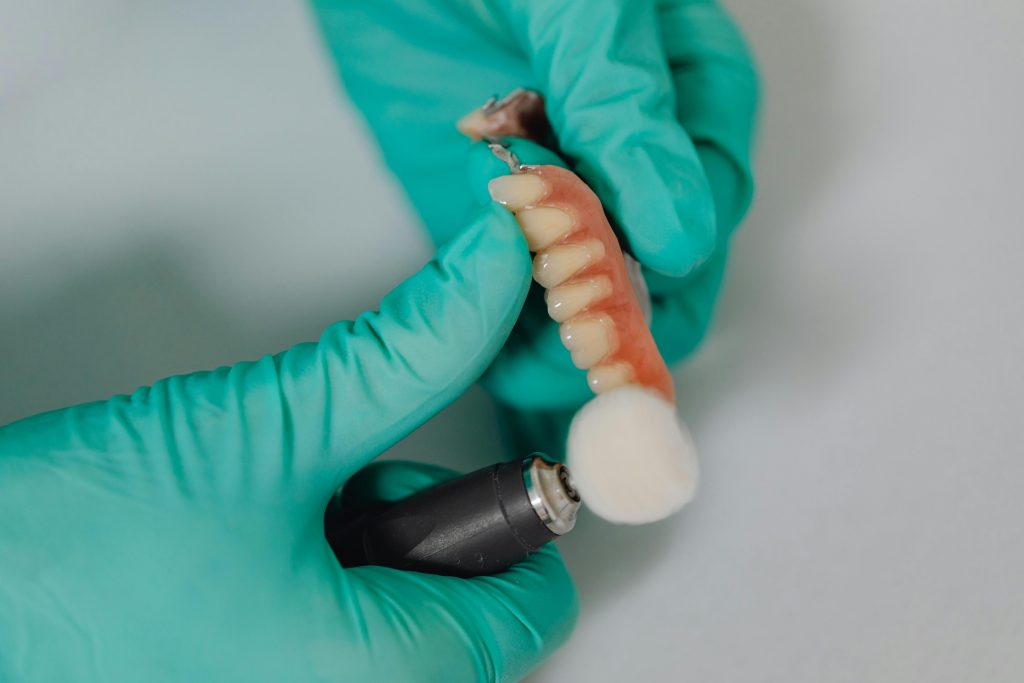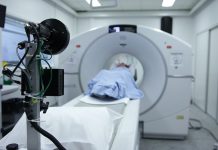Missing teeth can significantly impact your smile and self-esteem, and traditional dental implants aren’t always a feasible option. Pterygoid implants are emerging as a groundbreaking solution for those struggling with extensive tooth loss. If you’re facing challenges with conventional implants or have limited bone density, pterygoid implants might be the answer you need.

Treatment and Recovery
The procedure itself is performed under local anesthesia or sedation, allowing for a relatively comfortable experience. For treatment and recovery, specialized pterygoid implant can offer a faster healing process and eliminate the need for bone grafting, providing a more efficient solution for those with insufficient upper jaw bone density. Post-surgery, you might experience some swelling and discomfort, which can be managed with prescribed pain relief and over-the-counter medications.
What Are Pterygoid Implants?
Pterygoid implants are a specialized type of dental implant designed to provide support for prosthetic teeth in patients who lack sufficient bone density in the upper jaw. Unlike traditional implants, which are placed in the jawbone, pterygoid implants anchor into the pterygoid bone located behind the maxilla (upper jaw). This technique allows for a secure foundation for dental restorations.
Benefits of Pterygoid Implants
One of the primary advantages of pterygoid implants is their ability to bypass the need for bone grafting. They are particularly beneficial for patients who have experienced significant bone loss in the upper jaw, as they can be placed directly into available bone. This means a quicker, less invasive procedure with reduced recovery time compared to traditional methods.
No Need for Bone Grafting
One of the biggest advantages of pterygoid implants is that they often eliminate the need for bone grafting procedures. Traditional implants require sufficient bone density, which can necessitate additional surgeries to build up bone before implant placement. Pterygoid implants are placed directly into the pterygoid bone, bypassing these issues and providing a more straightforward solution for patients with bone loss.
Shorter Treatment Time
Pterygoid implants generally involve a shorter overall treatment time compared to traditional implants. Because they can be placed without the need for preliminary bone grafting, the entire process from placement to the final prosthetic can be completed more quickly. This can be especially beneficial if you’re looking to restore your smile promptly and with minimal delay.
Greater Stability and Support
The pterygoid bone, where these implants are placed, provides excellent stability and support for dental restorations. This bone is dense and well-suited for anchoring implants, which can lead to a more secure fit for your prosthetic teeth. The enhanced stability often translates to improved function and comfort in daily activities like eating and speaking.
Ideal Candidates for Pterygoid Implants
Not everyone is a candidate for pterygoid implants. Ideal candidates include those who have insufficient bone volume in the upper jaw but are otherwise in good oral health. If you have experienced bone loss due to periodontal disease or other factors and conventional implants are not viable, pterygoid implants may be a suitable alternative.
The Procedure: What to Expect
The placement of pterygoid implants typically involves a surgical procedure performed under local anesthesia or sedation. Your dentist or oral surgeon will place the implants into the pterygoid bone, which is located behind the upper jaw and above the palate. The process usually takes a few hours, and most patients can return to normal activities within a day or two.
Initial Consultation and Planning
Before the procedure, you’ll have a detailed consultation with your dentist or oral surgeon. They will assess your overall dental health and take imaging scans to plan the precise placement of the pterygoid implants. This planning stage is crucial to ensure the implants are positioned optimally for the best results and to address any potential complications.
Surgical Placement of Implants
The procedure is typically performed under local anesthesia or sedation, depending on your comfort level and the complexity of the case. During the surgery, the dentist will carefully place the pterygoid implants into the pterygoid bone, which is located behind the upper jaw and above the palate. The process generally takes a few hours, and you may experience minimal discomfort during and after the procedure.
Post-Surgery Care and Recovery
After the implants are placed, you’ll need to follow specific post-surgical care instructions to promote healing and ensure the implants integrate properly with the bone. This may include taking prescribed medications, applying ice packs to reduce swelling, and sticking to a soft-food diet for a few days. Regular follow-up appointments will be scheduled to monitor your recovery and the integration of the implants.
Final Restoration and Adjustment
Once the implants have fully integrated with the bone, typically after a few months, you will return to your dentist for the final restoration. This involves attaching a permanent dental crown or bridge to the implants to complete your smile. Your dentist will ensure that the final restoration fits comfortably and aligns properly with your bite, making any necessary adjustments to achieve the best results.
Comparing Pterygoid Implants to Traditional Implants
While traditional dental implants are often effective, they require sufficient bone density for successful placement. If your bone density is inadequate, you might need bone grafting procedures, which can extend treatment time. Pterygoid implants offer a solution by anchoring into a different bone structure, thus avoiding the need for grafting and potentially shortening your treatment period.
Long-Term Outcomes and Success Rates
Pterygoid implants have shown promising long-term outcomes and high success rates in clinical studies. The success of these implants largely depends on factors such as proper placement, adherence to aftercare, and regular follow-up appointments. Research indicates that pterygoid implants have a success rate comparable to or even exceeding traditional implants, especially in patients with previously compromised bone conditions. Their stability and durability make them a reliable option for long-term tooth replacement.
Cost and Insurance Considerations
Pterygoid implants can be more expensive than traditional dental implants due to their specialized nature and the complexity of the procedure. Insurance coverage for pterygoid implants varies, so it’s essential to check with your insurance provider to understand your options. Many dental practices offer financing plans to help manage the cost.

Pterygoid implants represent a revolutionary advancement in dental restoration for those with significant bone loss or who cannot use traditional implants. They offer a viable solution with fewer complications and faster recovery compared to alternative methods. If you’re struggling with missing teeth and traditional implants are not an option, consult with a dental specialist to see if pterygoid implants are right for you. This innovative approach could be the key to restoring your smile and improving your quality of life.












